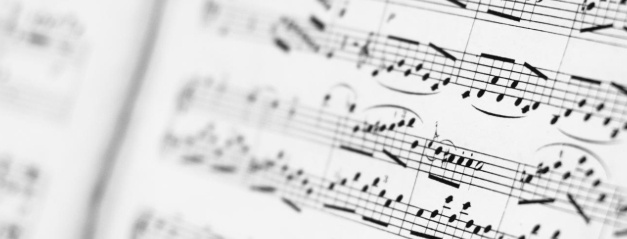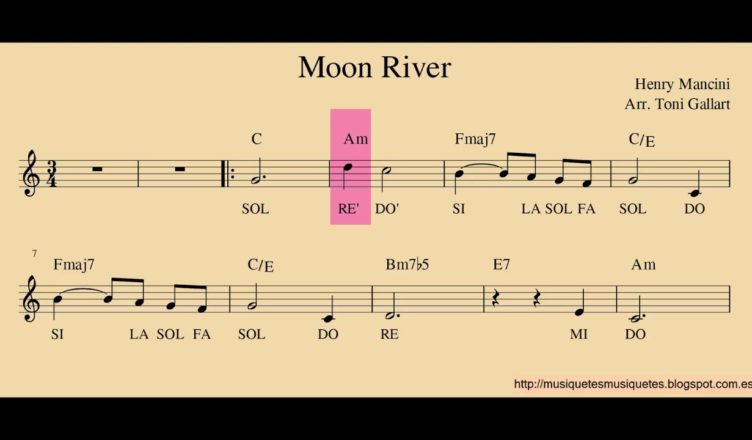

MUSTH 101, Music Theory Fundamentals (also course coordinator). MUSHL 361, Rap Music in Hip-Hop Culture (Macaulay Honors Class).ġ3. MUS 779, Musical Analysis for Performance (at Queens College).Ĥ. Duties/services include: Serving as Director of Graduate Studies serving on the governing body for music, the Personnel and Budget Committee teaching core music-theory classes coordinating the Music-Theory Fundamentals track (which runs roughly six sections per semester) serving on departmental and college-wide committees developing the music-theory curriculum advising masters theses as primary or secondary advisor teaching honors seminars performing on faculty recitals interviewing prospective MA candidates in Music Theory adjudicating degree recitals adjudicating end-of-semester juries coordinating local conferences bringing in outside artists to the Hunter community.ģ.


Music 741, Introduction to the Analysis of Post-Tonal Music. Duties/services include: advising doctoral dissertations conducting Independent Studies sitting on comprehensive-exam juries teaching doctoral seminars performing in faculty recitals interviewing prospective PhD candidates in Music Theory serving on the Executive Committee of the PhD/DMA in Music programs adjudicating DMA degree recitals.ġ. The Graduate Center, City University of New York. For this reason I continually seek to harness the pedagogical benefits of the latest technological advances in the classroom. Finally, I am a firm believer that technology in the classroom, in proper proportions, can help music students immeasurably, especially with ear-training and notational skills. Through singing and playing music in a hands-on environment, I believe that students have a much more enjoyable journey in music theory and, consequently, become better musicians. Also, musicianship plays a prominent role in these classes. I firmly believe in challenging music theory’s historic whiteness and maleness, and I therefore strive to include composers, performers, and theorists who are not both white and male, though I hasten to add that I most certainly include musical figures who were, in fact, white men as well, all of which creates a rich and varied musical backdrop for my classes. Therefore, in addition to classical works I use rock, jazz, blues, or hiphop examples to introduce certain musical techniques: the students enjoy it and willingly learn the material. When teaching music theory and musicianship, I believe it is crucial to strike a balance among many various genres and styles, insofar as all feature elements of music–pitch, rhythm, scale, meter, timbre, embodiment, gesture, dance, ritual, improvisation, among others–that are crucial to the study of music theory. By putting all the compositions and music-theoretical concepts I discuss into a historical context, I expect my students to be able to grasp not only the notes on the page, but also the broader cultural trends that may have led to the creation of those notes. I run a tight ship in the classroom, and I make sure to include all students in the learning process. In my courses, fun and relaxed yet rigorous and challenging, I strive to make students think profoundly and critically about music. To this end, my goal in the classroom is to maximize my students’ learning potential.

I believe my mandate as a music teacher is to help my students become better musicians.


 0 kommentar(er)
0 kommentar(er)
